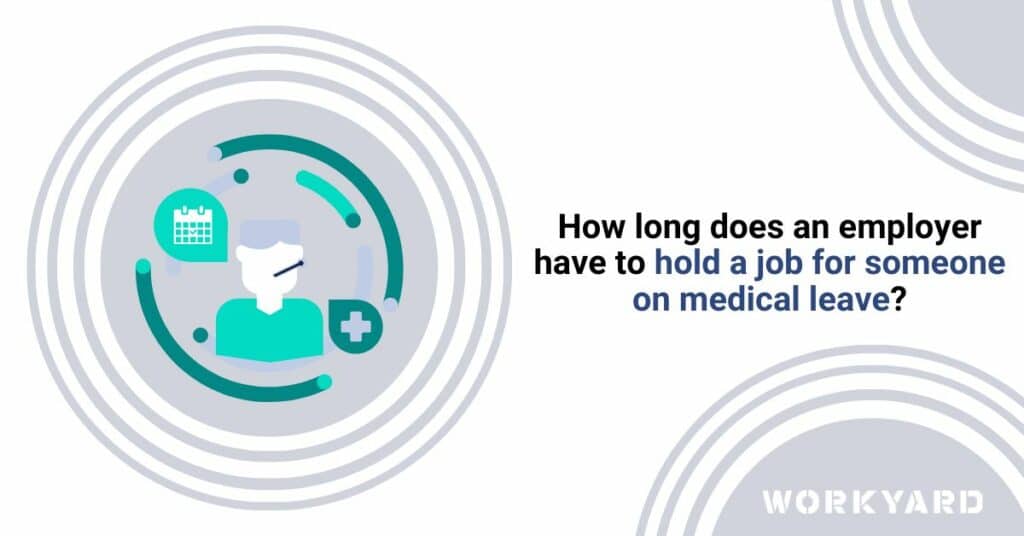This question is about California Labor Laws, Colorado Labor Laws and Connecticut Labor Laws.
How Long Does an Employer Have To Hold a Job for Someone on Medical Leave?
When health challenges arise, individuals often grapple with concerns beyond medical care, such as job security and financial stability. A burning question frequently surfaces: How long does an employer have to hold a job for someone on medical leave?
At the heart of this discussion lies the Family and Medical Leave Act (FMLA), a pivotal piece of legislation designed to safeguard employees’ rights during health-related absences. Here’s a concise breakdown:
- 12-Week Protection: Under the FMLA, eligible employees are entitled to up to 12 weeks of job-protected leave within a 12-month period. This means that upon returning from medical leave, these individuals have the right to return to their previous position or an equivalent role without facing adverse employment actions due to the absence.
- Healthcare Continuation: Beyond job protection, FMLA provisions also encompass maintaining health benefits during the leave period, ensuring uninterrupted access to essential medical coverage.
Eligibility and Employer Considerations
While FMLA establishes a foundational framework, specific eligibility criteria and employer considerations warrant attention:
- Qualifying Conditions: To leverage FMLA protections, employees must meet specific criteria, such as working for a covered employer and fulfilling tenure requirements, among others. Understanding eligibility nuances ensures you align with FMLA provisions.
- Employer Responsibilities: Covered employers must adhere to FMLA guidelines, including granting eligible employees up to 12 weeks of unpaid, job-protected leave and maintaining health benefits. Additionally, employers must reinstate returning employees to their prior roles or equivalent positions, fostering continuity and fairness.
In conclusion, understanding how long an employer must hold a job for someone on medical leave hinges on FMLA provisions, offering up to 12 weeks of job-protected leave for eligible employees. By familiarizing yourself with FMLA guidelines, engaging proactively with employers, and seeking informed guidance when needed, you can navigate medical leave confidently, prioritizing health and well-being without compromising professional stability.

References
- 1
Source (Insperity). “Employee leave of absence: Everything you need to know.” Accessed on January 8, 2024.